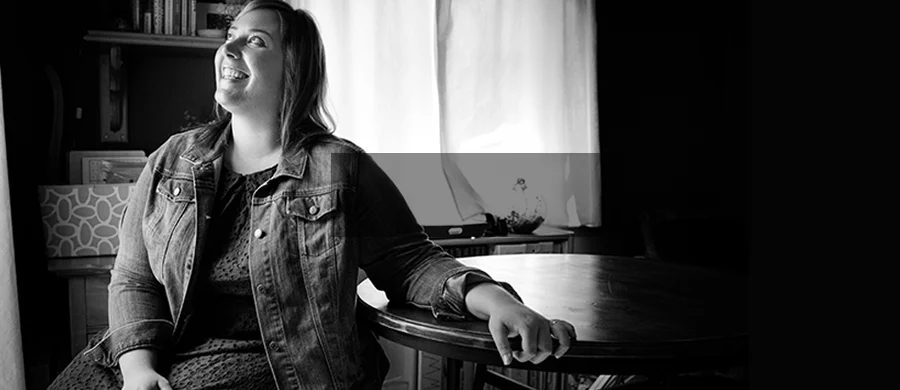I have an old book about etymology called Picturesque Word Origins. The copyright is dated 1933 and the cover is dark green, its edges worn and tattered. The printing was done on an offset press, which I know because of the vintage but also because after nearly a decade married to my husband (a printer by trade) I can always tell the subtle difference between digital and offset printing.
This book is clever for lots of reasons but I love it because of the illustrations. The title page boasts, “With forty-five Illustrative Drawings” but does not bother to name the person who actually did the aforementioned Illustrative Drawings. The only credit listed is to the G. & C. Merriam Company and a small nod to one B.D. Updike who “electrotyped” the manuscript.
I see even in 1933 we cared more about typing than art so that’s cool.
I’m not sure why I’ve been so interested in giving credit where credit is due lately but that particular thought pattern has been bordering on the obsessive. I thus felt gratified when my internet search revealed a New York Times book review from May 28th, 1933 that named one Louis Szanto as the illustrator of Picturesque Word Origins.
The very book you worked on for hours upon hours forgot you, Louis, but I’m here to give you a name. I’m sure you’re dead but thank you for your illustrations. My favorite one is for the word “bonfire” which despite its rather gruesome etymology you made more palpable by depicting a fire fueled by books rather than bones. That was good of you, Louis. It’s always better not to scare the children.
This past weekend, after checking and responding to work email even after I promised myself I was d.o.n.e., I opened Picturesque Word Origins to a random page. “Pavilion: from a butterfly,” the top of the page read, with Louis’s illustration of Roman soldiers putting up a tent-like structure on the opposite page.
The Latin papilionem meant “butterfly.” Our English word pavilion comes to us via the French borrowing of the Latin, and is so named because in ancient times the cloth used to form the shelter was stretched out, like a butterfly’s wings. A shelter named after a thing of beauty and transformation. Isn’t that lovely?
I was still thinking about the connections between shelters and butterflies yesterday morning on my walk to my jiu jitsu class. Transformation in general has been on my mind, mostly what a messy business it is, and how frequently the light of whatever destination you are trying to reach sometimes isn’t even visible through the darkness of change. Do caterpillars think they are dying when they are in the cocoon? What’s the best way to manage the pain and anxiety caused by change? Do you always know exactly who you are or are you sometimes unrecognizable even to your own self?
When I got to class and Professor Bill was teaching a type of butterfly sweep I laughed the laugh of a crazy woman who studies etymology and consistently sees it echo throughout her life in ways that are unexplainable. I tried the butterfly sweep and thought about how I’m definitely a caterpillar. To be precise I’m a caterpillar having an existential crisis about if I even deserve to be a butterfly, since I’m not that pretty or cool or interesting or naturally talented at jiu jitsu.
Can you become a butterfly even if you are not sure if you deserve to be one?
Jiu jitsu gives you very compelling reasons to want to be a butterfly, though. If you are a butterfly then you are the one who can sweep and end up on top. You can make your own body a shelter for the most valuable part of you: your Self. You can learn how to live with the certain knowledge that while the pavilion is always temporary your Self is not.
Mostly you can learn that even if you don’t feel ready or deserving the transformation has already begun, and that you might as well pretend you already have wings, because one day you will.
